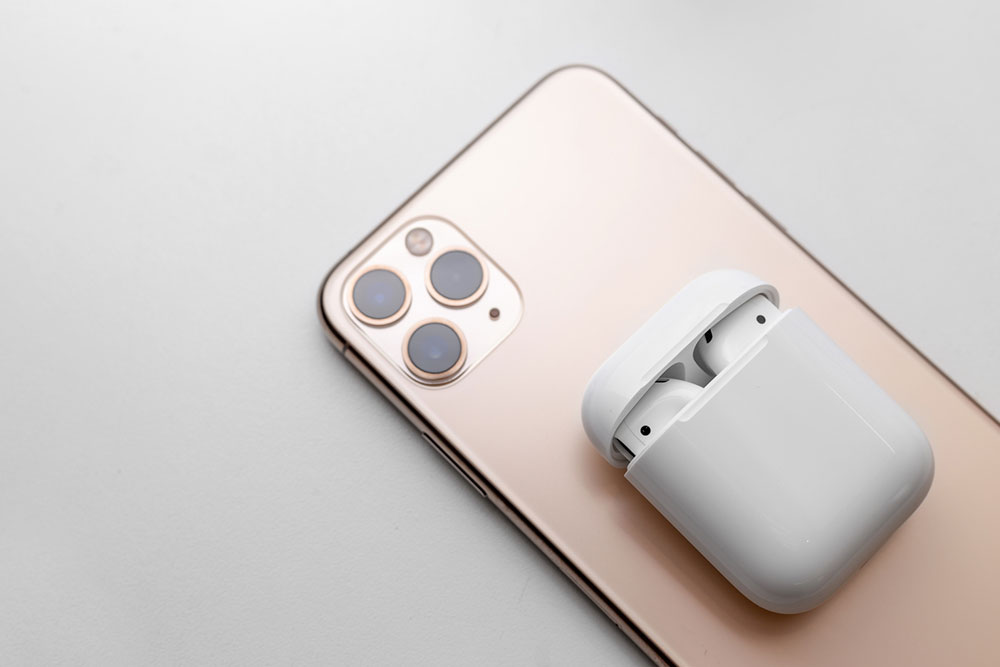Shopping
iPhone 15 – Key Features to Consider
Apple unveiled the iPhone 15 on September 12, 2023. As with every Apple release, users compare the latest models with older versions to decide for themselves if the newer version is worth buying. Pre-launch rumors regarding the highly anticipated flagship phones indicated major improvements in the design and appearance. However, from advanced camera features to cutting-edge design, here is a look at what the iPhone 15 models can truly offer: Lineup Apple has launched four iPhone 15 models for 2023—iPhone 15 (the base variant), iPhone 15 Plus, iPhone 15 Pro, and iPhone 15 Pro Max. This lineup can cater to varying design preferences and budgets. Color options Apple users get to choose from five colors if they opt for the standard iPhone 15 and Plus variants. Available in black, green, blue, yellow, and pink variants, the new design features back glass with color infused throughout the material. On the other hand, the iPhone 15 Pro and Pro Max come with titanium color options—blue titanium, natural titanium, black titanium, and white titanium. Design While the iPhone design has not undergone drastic changes, a few notable differences are: – Apple has replaced the mute switch in the Pro models with a new Action Button that one can customize to open the camera and turn on the flashlight, among other things.
Read More 














